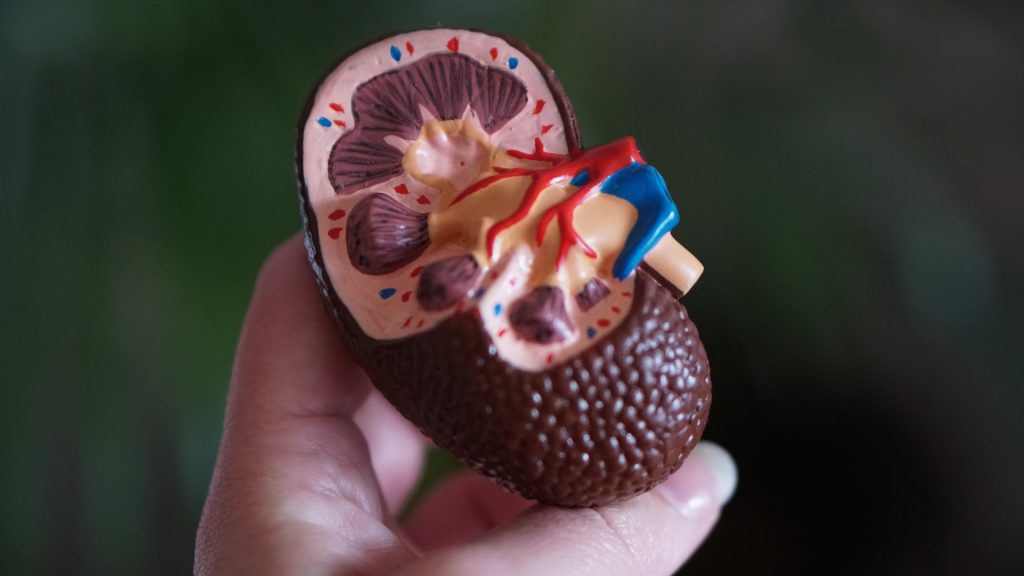Why Some Injured kidneys Fail to Heal

Cedars-Sinai investigators have discovered why some injured kidneys heal while others develop scarring that can lead to kidney failure. Their findings, detailed in a paper published in the peer-reviewed journal Science, could lead to the development of noninvasive tests to detect kidney scarring and, eventually, new therapies to reverse the condition.
“The key to this discovery was our ability to directly compare injured kidney cells that successfully regenerated with those that did not,” said Sanjeev Kumar, MD, PhD, a nephrologist-scientist in the Board of Governors Regenerative Medicine Institute and the Department of Medicine at Cedars-Sinai and senior author of the study.
“Injured cells activate a protein called SOX9 to regenerate themselves. When they have healed, the cells silence this protein. Cells that aren’t able to regenerate leave SOX9 active, and this leads to a type of scarring called fibrosis. But when we deactivate SOX9 in a timely fashion, the scarring literally goes away.”
The kidneys can be injured by diabetes and high blood pressure, serious infections such as COVID-19, and overuse of antibiotics and non-steroidal anti-inflammatory pain medications, said Kumar, who is also part of the Department of Biomedical Sciences at Cedars-Sinai.
The SOX9 protein plays a major role in organ development but is not active in healthy adult kidneys.
In previous work at another institution, Kumar and team found that when kidneys are injured, the surviving cells reactivate SOX9 as part of the healing process.
In this study, Kumar and fellow investigators studied kidney damage in laboratory mice.
They labeled individual cells at the point of injury, then followed how the cells’ progeny evolved over time.
“At Day 10, some cells’ descendants were fully healed while others were not,” Kumar said.
“The cell lineage that healed had switched off SOX9 expression, while the unhealed lineage, in a continuing attempt to fully regenerate, maintained SOX9 activity. It’s like a sensor that switches on when cells want to regenerate, and off when they are restored, and we are the first to identify this.”
Further, investigators discovered that cells that were unable to regenerate began recruiting proteins called Wnts, another key player in organ development. Over time, this accumulation of Wnts triggered scarring. And they found that deactivating SOX9 a week after injury promoted kidney recovery.
Investigators observed the same process in patient databases from collaborating institutions in Switzerland and Belgium.
“We could see that by Day 7, human patients with transplanted kidneys that were slow to begin working also activated SOX9,” Kumar said.
“And in our collaborators’ database, we were able to distinguish that patients who had sustained SOX9 activation had lower kidney function and more scarring than those who did not. Human kidneys with cells that maintained SOX9 were also enriched with Wnts and showed increased fibrosis.”
These discoveries provide targets for drug development, as well as for noninvasive biomarker discovery permitting diagnosis of kidney fibrosis through the urine, Kumar said.
Currently, the only available test for kidney fibrosis is a biopsy, which carries many risks.
“Elucidating the mechanisms of scarless healing versus fibrosis has eluded investigators for decades and has implications beyond the kidney, including for certain cancers,” said Paul Noble, MD, chair of the Department of Medicine and director of the Women’s Guild Lung Institute at Cedars-Sinai and a co-author of the study.
Source: Cedars-Sinai Medical Center

